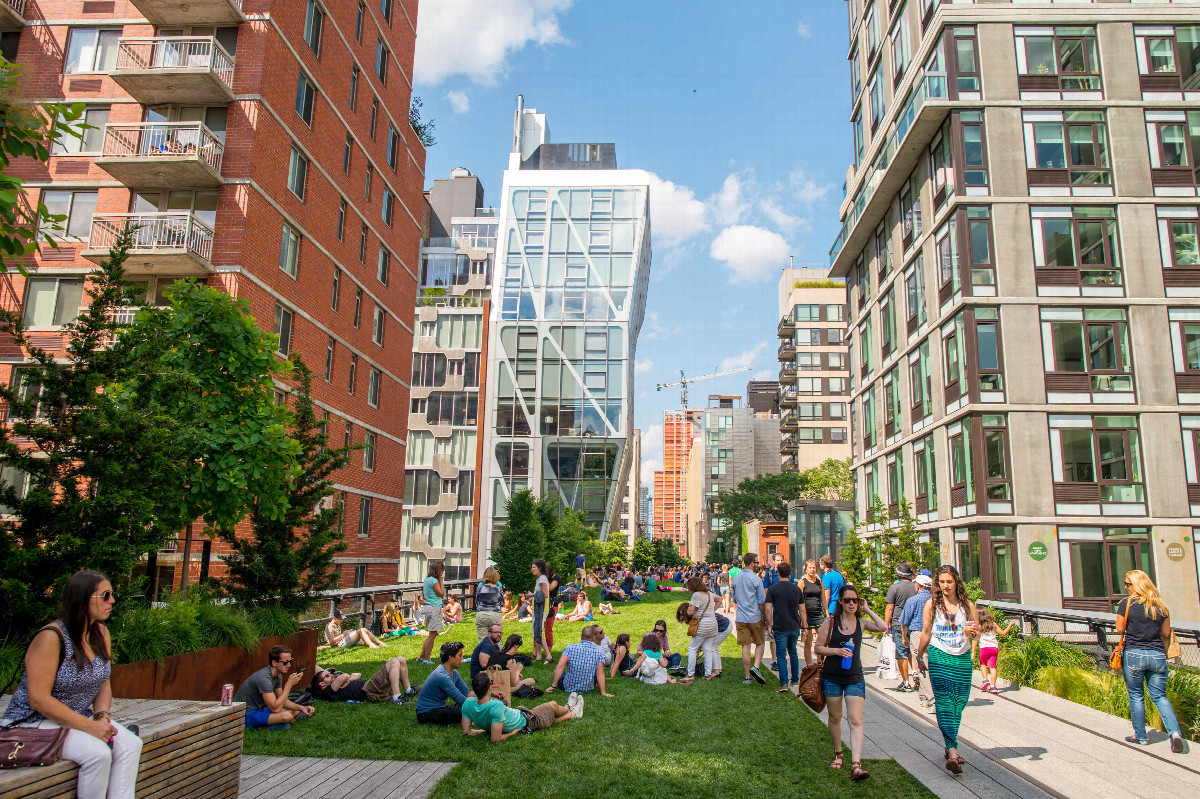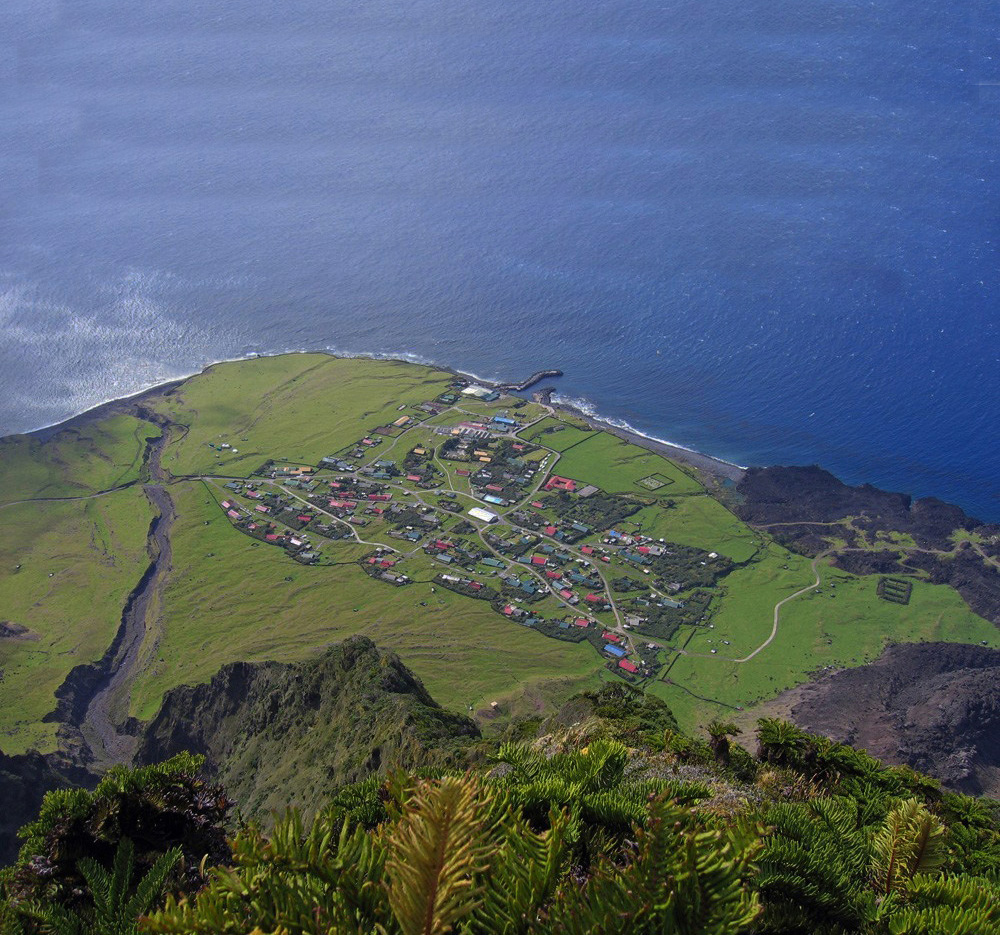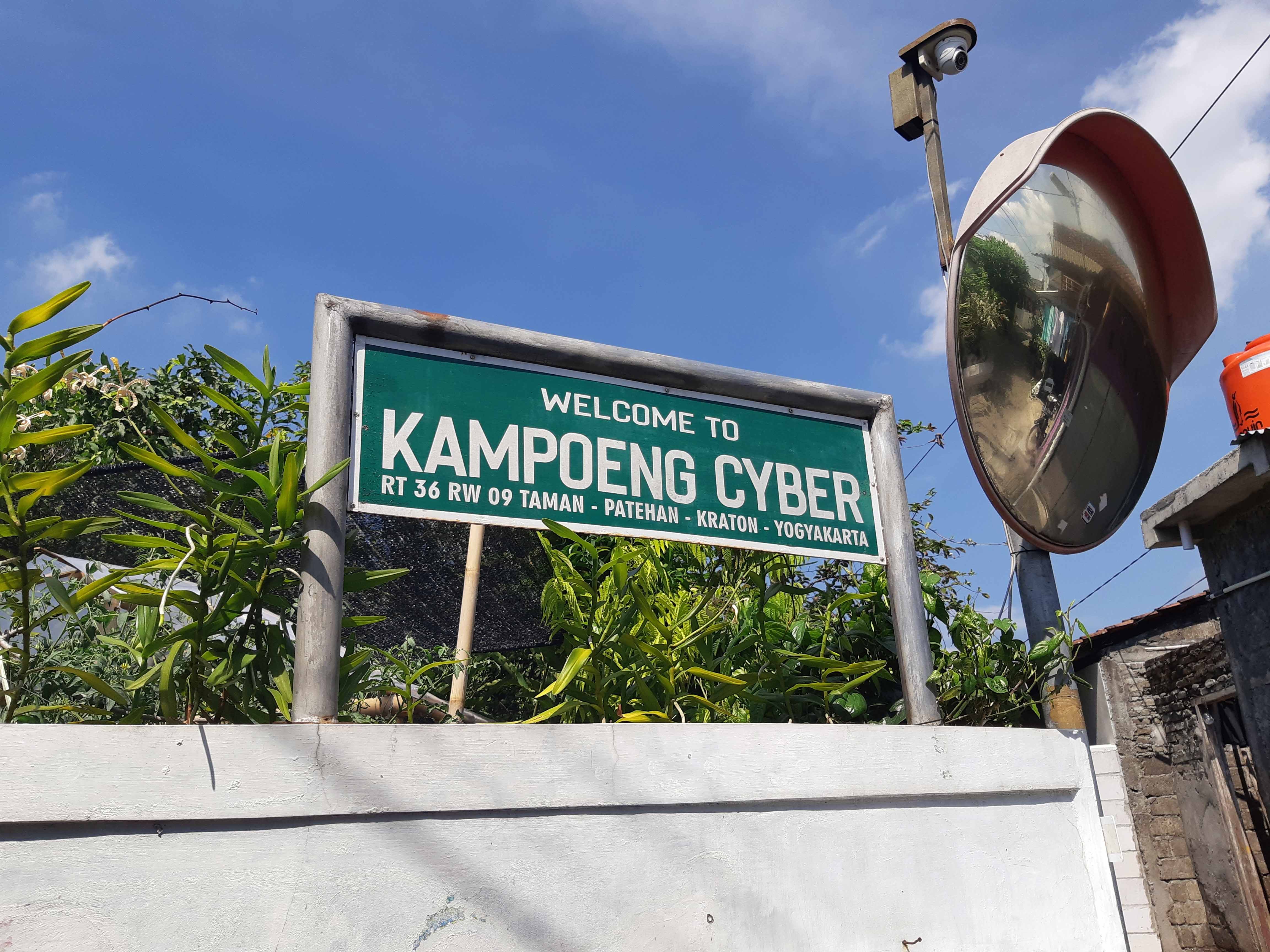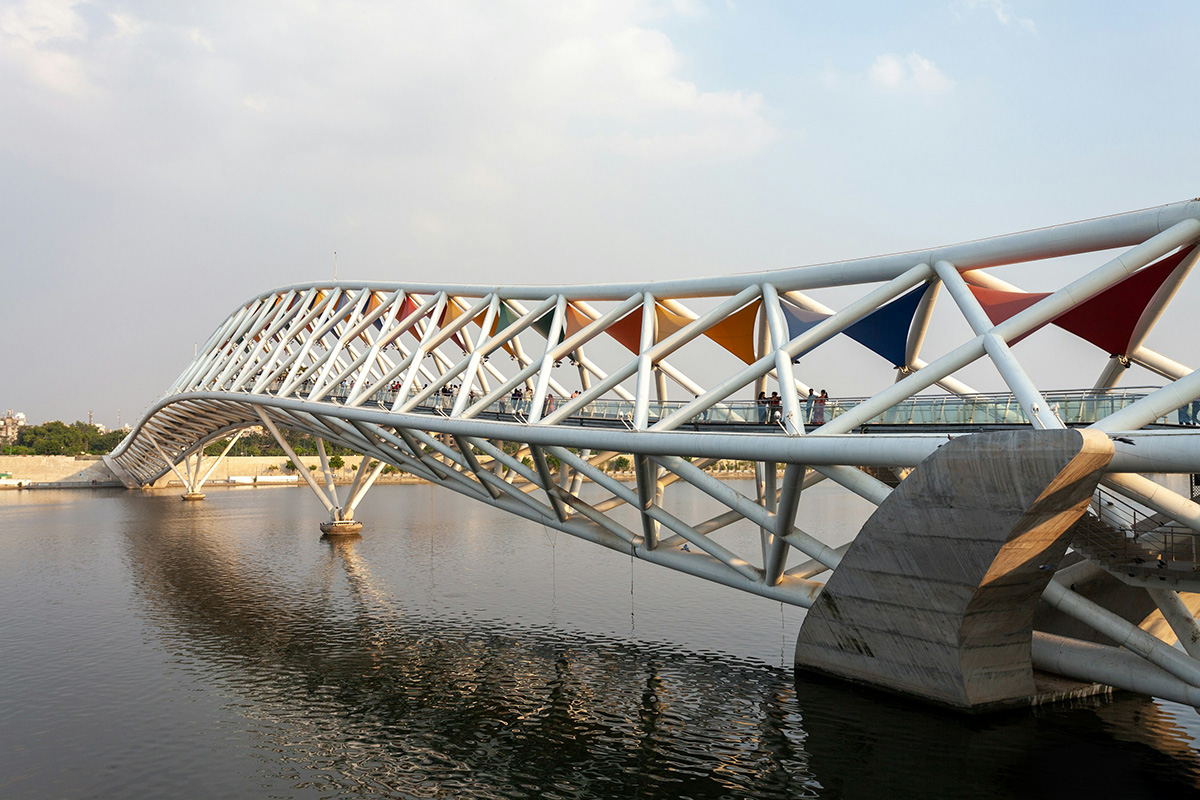Eco-warriors the world over continue to coin new mantras that promise to combat climate change and reduce carbon emissions. Intensified greening is one of many strategies in a field that includes renewable energy, energy efficiency, carbon capture, passive design, etc. There is a raft of trending terminology to describe how to introduce more nature into our surroundings, whether it is: urban greening … rewilding … living streets … greenways … biophilic … And it is important to realise that these terms are not interchangeable. There are nuanced differences. However, let’s not beat about the bush— if our environmental responsibility is to do whatever it takes to secure the future of humanity and the planet, then what counts is reversing biodiversity loss. Swedish climate campaigner Greta Thunberg continually reminds us that currently up to 200 species are driven to extinction every single day. Potting a few palm trees in some concrete pits on a roundabout with some pretty bedding plants may look pretty but will do precisely nothing to save the daily disappearance of those 200 species and contribute to restoring biodiversity.
What is Biodiversity?
Writing for Greenpeace, Louisa Casson talks about “our planet’s life support system”, explaining that “healthy forests and oceans help us to fight against climate breakdown, provide us with clean air to breathe, and can act as a shield against new diseases causing more pandemics. When we protect nature, we protect ourselves.”
Addressing the United Nations Biodiversity Summit on 30 September 2020, Secretary-General Antonio Guterres remarked, “Humanity is waging war on nature. We need to rebuild our relationship with it. More than 60 per cent of the world’s coral reefs are endangered due to overfishing, destructive practices and climate change. Wildlife populations are plummeting because of overconsumption, population growth and intensive agriculture. And the rate of species extinction is accelerating, with some one million species currently threatened or endangered, as the President just said. Deforestation, climate change and the conversion of wilderness for human food production are destroying Earth’s web of life."
We are part of that fragile web — and we need it to be healthy so we and future generations may thrive. One consequence of our imbalance with nature is the emergence of deadly diseases such as HIV-AIDS, Ebola, and now COVID-19, against which we have little or no defence. Sixty per cent of all known diseases and 75 per cent of new infectious diseases are zoonotic, passing from animals to humans, demonstrating the intimate interconnection between the health of our planet and our own.
None of the global biodiversity targets set by nations for 2020 were met.
The UN Secretary General makes a critical point and this must underline our conversations on biodiversity: “degradation of nature is not purely an environmental issue. It spans economics, health, social justice and human rights.” While the talking shops of climate summits and conferences fail to make inroads, the Extinction Rebellion movement uses direct action to draw attention to mass extinction and its consequences. Its catalogue of stark testimonies by revered scientists, natural historians, and broadcasters are literally breath-taking.
“A rapidly changing climate has dire implications for every aspect of human life, exposing vulnerable populations to extremes of weather, altering patterns of infectious disease and compromising food security, safe drinking water and clean air.”“The 2018 report of the Lancet Countdown on health and climate change: shaping the health of nations for centuries to come”, The Lancet, 28 Nov, 2018.
"This isn’t just about losing wonders of nature. With the loss of even the smallest organisms, we destabilise and ultimately risk collapsing the world’s ecosystems – the networks that support the whole of life on Earth."
-- Sir David Attenborough, “Climate Change: The Facts”, first broadcast BBC One 18 April 2019
The Rewilding Remedy
Is Rewilding the nearest we have come yet, to an approach that might begin to reverse biodiversity loss? Many scientists argue that it has proven to be the most effective tool in an armoury that is increasingly inadequate. The campaign group Rewilding Britain defines this process as, “the large-scale restoration of ecosystems to the point where nature is allowed to take care of itself.”
Writer and conservationist Isabella Tree has embedded herself in her own ‘re-wilderness’ in West Sussex with her environmentalist husband Charlie Burrell. In an article for National Geographic back in 2015, she argued that conventional conservation practices - whereby nature and human connectivity with it, is fragmented into wildlife reserves and national parks – are not halting the decline of habitat and biodiversity loss. She campaigns for connectivity between and among habitats via natural topographical features – rivers, meadows, woodlands, bogs, hedgerows – which act as joined-up natural corridors for species to travel through and thrive in, alongside but not disrupted by human activity.
Not all of us have a 3,500 acre estate to create a wilderness in; the vast majority of us only have access to what public space is made available by public and private landowners and even then, measures adopted are unlikely to qualify as meaningful rewilding. Exceptions potentially include the Network Rail Estate in the UK. “In 2018 a widespread public outcry at how Network Rail managed its line-side natural estate led to a government report on the biodiversity of the Network Rail estate,” recalls Director of The Oval Partnership Jonathan Pile, describing the policy whereby tens of thousands of trees were being felled and undergrowth ripped up, along the rail system’s 32,000km of tracks. It triggered the commission of the Varley Report, which was tasked with reviewing the Network’s responsibilities to protect and enhance the natural environment.
“This has led to a dramatic change in policy and the commissioning of a detailed mapping of the ecosystems and biodiversity of that estate,” Jonathan explains. “It is understood that the 'green corridor’ effect of our rail network — far more than our road network — is of huge ecological significance.”

The High Line in New York is often cited as a role model for its ability to connect people with nature. It seeded terms such as Urban Greening, Greenways and Green Corridors - offering green refuges in cities outside the realms of public open space and parkland. The Biophilic city movement also took hold in the US and has since been embraced in Australian cities and elsewhere where there is greater availability of redundant space. The term seems to be loosely applied to any method of bringing nature into parts of a city it would not otherwise reach, including covering buildings in planting and greenery to help their occupants who might otherwise feel cut off from the natural world. However, while these efforts are certainly not cosmetic, some scientists might contest that these measures achieve effective results in terms of biodiversity gain.
Jonathan expresses cautious optimism regarding the positive impact of the Greenways movement in urban and suburban areas, not so much for its ability to mitigate biodiversity loss, but because it is closely linked to an increased understanding, and promotion of the value of prioritising non-motorised movement within cities (predominantly walking and cycling) as a win-win policy — better mental and physical health, better safety and security, climate mitigation, urban heat island effect mitigation, and reduced traffic congestion. Who doesn’t wish for all that?





